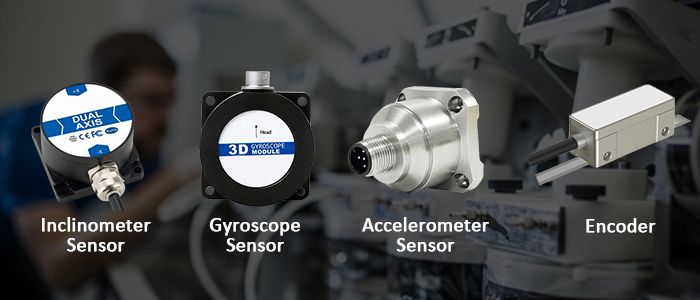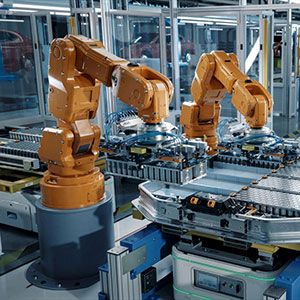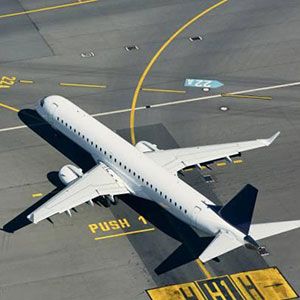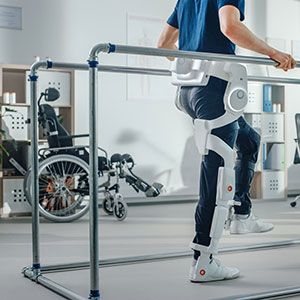Motion & Position
Guided Wave Radar Level Sensor, 4-20mA, 0-30M
26 GHz Radar Level Sensor for Liquid, 4-20mA/RS485, 0-30M
3 Axis Digital Accelerometer Sensor, RS232/RS485/TTL
80 GHz Radar Level Transmitter for Liquid/Solid/Powder, 4-20mA/RS485
High Precision Compass Sensor, 2D, 0-360°
High Temperature Submersible Liquid Level Sensor, 4-20mA/0-5V/0-10V
Industrial Capacitance Water Level Sensor, 4-20mA/RS485, 0-900mm
M12 Capacitive Proximity Sensor, PNP/NPN, 2 Wire
M18 Capacitive Proximity Sensor, PNP/NPN, NO/NC
M24 Capacitive Proximity Sensor, PNP/NPN, 2 Wire
M30 Capacitive Proximity Sensor, PNP/NPN, NO/NC
M8 Hall Effect Magnetic Proximity Sensor, PNP/NPN, NO/NC
Magnetic Angle Sensor, 0°~360°, 4-20mA/RS485/0~5V
Non Contact Radar Level Sensor for Corrosive Liquid, 4-20mA/RS485, 0-10M
Non Contact Radar Liquid Level Sensor, 4-20mA/RS485, 0-20M
Non Contact Radar Type Level Sensor for Solid/Powder, 4-20mA/RS485, 0-40M
Non Contact Radar Type Level Transmitter for Solid/Powder, 4-20mA/RS485, 0-50M
Non Contact Radar Water Level Sensor, 4-20mA/RS485, 0-70M
Non Contact Ultrasonic Level Sensor for liquid/Solid, 0-60M
Radar Level Sensor for Tank/Corrosive Liquid, 4-20mA/RS485, 0-20M
In modern industrial automation, automotive electronics, consumer electronics, and smart home applications, sensors have become indispensable components. Among these, motion and position sensors play a crucial role by detecting an object's movement, rotation, acceleration, or spatial position, providing essential dynamic data. Whether it's position detection in navigation systems or angle change recognition in robotic arm control, motion and position sensors act as “electronic senses,” driving the development of smart devices. With technological advancements, these sensors are increasingly becoming smaller, more precise, and multifunctional, significantly expanding their application scenarios and industrial boundaries.
Classification of Motion and Position Sensors (Examples)
- Accelerometers: Used to detect changes in an object's acceleration, they are widely applied in scenarios such as automatic screen rotation on smartphones, collision detection in vehicles, and motion tracking. Common forms include MEMS accelerometers, which offer advantages such as compact size, low power consumption, and cost-effectiveness.
- Gyroscope Sensors: Detect angular velocity or rotational changes, often used in conjunction with accelerometers for navigation, attitude control, and robot direction recognition. For example, the flight stabilization system in drones heavily relies on gyroscopes for attitude adjustment.
- Tilt Sensors: Primarily used to measure the tilt angle of an object relative to the horizontal plane, suitable for applications such as construction machinery, cranes, and solar power plants where precise angle control is required.
- Encoder: Detects the rotational angle, direction, and speed of an axis, serving as a core component for precise position feedback in motor control and industrial automation. It is divided into incremental and absolute types.

Applications of Motion and Position Sensors
- Automotive and Transportation: In modern vehicles, motion and position sensors are widely used in critical systems such as ABS systems, Electronic Stability Programs (ESP), Tire Pressure Monitoring Systems (TPMS), and autonomous driving positioning and navigation. Accelerometers and gyroscopes enable precise control of vehicle dynamics, while rotary encoders and position sensors are used to control steering motors and seat adjustments.
- Industrial Automation: In mechanical manufacturing and industrial control, rotary encoders and position sensors are used to achieve high-precision motion control and feedback, such as in CNC machining, robotic arm path planning, and conveyor line speed monitoring, forming the foundation of closed-loop control systems.
- Consumer Electronics: Smartphones, tablets, and game controllers are commonly equipped with accelerometers and gyroscopes to enable features such as interface rotation, motion tracking, and virtual reality; Wearable devices utilize motion sensors to monitor users' daily activities and health data.
- Aerospace and Unmanned Systems: Drones, satellites, and spacecraft have extremely high requirements for attitude, direction, and speed, relying on multi-axis gyroscopes, GPS modules, and IMU (inertial measurement unit) systems to achieve high-precision control and navigation.
- Medical and Rehabilitation Devices: Accelerometers and angle sensors are commonly used in rehabilitation assistive devices to record patients' movement trajectories or monitor body posture. Smart prosthetics also rely on these sensors to achieve natural movement.
- Agricultural and Construction Machinery: Tilt sensors and position sensors can be used in agricultural autonomous driving systems, construction equipment tilt angle control, and positioning operations to ensure safe operation and improve automation levels.

Industrial Automation

Aerospace

Medical Equipment

Automotive and Transportation
With the development of the Internet of things and artificial intelligence, motion and position sensors are showing the following trends:
- Miniaturization and low power consumption designs to accommodate more portable devices and wearable devices.
- Multiple sensors are fused to form an IMU, providing more comprehensive motion information.
- Support for communication protocols such as Bluetooth, WiFi, and LoRa enables remote monitoring and control.
- Enhanced data stability and accuracy through intelligent algorithms such as filtering, correction, and predictive models.
When selecting sensors, factors such as measurement accuracy, response speed, environmental adaptability (e.g., temperature, humidity, shock resistance), and output signal format should be considered based on actual application requirements.
If you are seeking reliable, cost-effective, and widely compatible motion and position sensors, consider SUCH's professional solutions. As an industrial-grade sensor provider, we offer a variety of models, including accelerometers, gyroscopes, encoders, and inclinometers, to meet diverse application needs from research experiments, industrial control, to smart terminal devices.














































